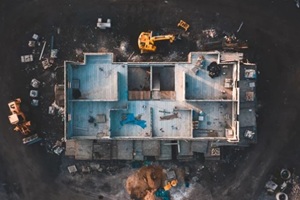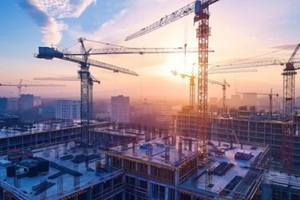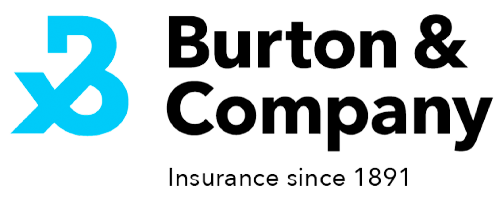
The physical aspects of constructing a new building involve considerable risk. But, there is also the unexpected damage from fire, water, or structural failure can lead to costly delays that impact budgets and timelines. That is why choosing the correct insurance coverage matters. The right policy safeguards your work and helps keep projects on track.
Many builders underestimate the frequency of serious issues. According to the National Fire Protection Association, an average of 4,440 fires happen at construction sites each year, often resulting in substantial losses. Water damage is also a leading cause of insurance claims on building sites, particularly in multi-story projects where a single plumbing break can damage everything below it.
Here’s what you need to consider to get the right insurance to cover fire, water, and structural damage so your project keeps moving.
Builder’s Risk Insurance: Foundational Protection
Builder’s risk insurance offers temporary coverage during the construction phase of a project, including the structure, materials, and supplies while work is ongoing. This type of policy typically addresses hazards such as fire, wind damage, theft, vandalism, and certain types of water damage resulting from sudden events.
Coverage typically begins when construction starts and continues until the building is completed or occupied. However, it’s important to understand that not all risks are included in a standard policy.
For example, most builder’s risk policies exclude earthquake and flood damage unless additional riders are purchased. Builders working in areas prone to those risks should speak with their insurance provider about adding these protections.
Water, Fire, and Structural Risks During Construction
During construction, even a brief disruption from fire or water damage can delay progress and inflate costs. Choose both the insurance and amounts that address both common and high-impact risks.
Fire Protection During Construction
Fires on job sites can occur due to open flames, electrical problems, or equipment overheating. A builder’s risk policy typically includes fire protection, which helps cover the costs of cleanup, repairs, and replacement of building materials to reduce the financial impact and help speed up the recovery timeline.
Sudden Water Damage
Broken pipes or water intrusion through exposed openings can cause significant damage during the building phase. Many builder’s risk policies include coverage for these types of sudden events. However, losses tied to long-term leaks or gradual wear are typically excluded. Flooding is also usually not covered unless a separate flood insurance policy is in place through a provider backed by the National Flood Insurance Program (NFIP).
Additional Policies to Fortify Your Coverage

To fully safeguard your project, consider these additional forms of insurance:
Equipment Coverage (Inland Marine)
This covers tools and equipment, such as scaffolds or generators, that may not be included under your builder’s risk policy. It protects items stored onsite, offsite, or in transit, mitigating loss caused by theft or damage. This is especially helpful when using leased machinery or during phases of the project where tools are frequently transported between locations. Without this protection, even a single stolen generator or specialty tool could impact productivity and inflate project expenses.
General Liability Coverage
This policy covers claims related to injuries or property damage suffered by a third party, such as a visitor, inspection team, or subcontractor. General liability protects against legal and medical cost exposure that builder’s risk does not address. It also helps meet contractual requirements often outlined by municipalities, lenders, or project owners.
Steps to Confirm Complete Insurance Coverage
Securing proper insurance requires careful planning and detailed review. Here are the steps to make sure you are fully protected:
- Identify project exposures. Assess whether the site is at risk of flooding, theft, or harsh weather and select coverage accordingly.
- Examine policy limits and coverage details. Request complete copies of your policies and verify that they include coverage for fire, water, and structural damage. Pay special attention to any exclusions, and consider whether they are relevant to your operation.
- Add necessary endorsements. Consider adding coverage for flood, structural collapse, income interruption, and equipment if needed.
- Notify lenders and stakeholders. Lenders or owners often require proof of insurance with specific coverage standards. Confirm all stakeholders are provided with current certificates.
- Coordinate with your provider regularly. Construction conditions may change throughout the project. Reviewing your policy at each phase prevents gaps in protection.
Partner with Burton & Company for Better Coverage

Alignment between your insurance and your project provides assurance and compliance. It’s also essential to collaborate with a knowledgeable broker who thoroughly understands the risks and coverage options associated with construction projects.
Burton & Company assists Virginia-based construction companies by verifying that their policies provide the right coverage for fire, water, theft, and structural damage. From income protection to equipment insurance, our team builds insurance programs that match your needs.
Call (888) 652-1325 or contact us online to discuss how we can help secure your construction project with the right form of insurance protection.

